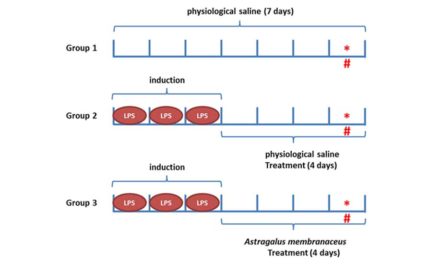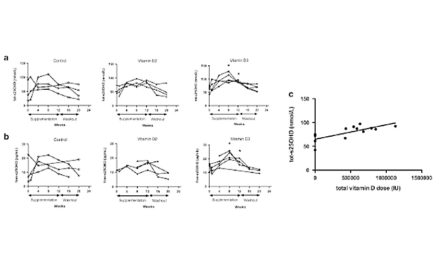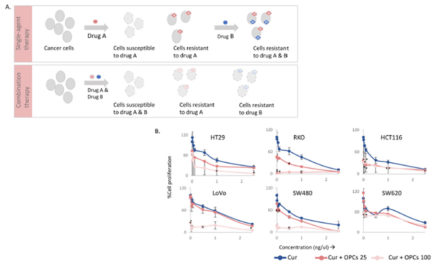Omega-3 Fatty Acids in Pregnancy—The Case for a Target Omega-3
Clemens von Schacky 1,2
1 Preventive Cardiology, Ludwig Maximilians-University Munich, Ziemssenstr. 1, 80336 München, Germany; clemens.vonschacky@med.uni-muenchen.de; Tel.: +49-89-44005-2165; Fax: +49-89-44005-2192
2 Omegametrix, Martinsried, Am Klopferspitz 19, 82152 Planegg, Germany
Received: 18 February 2020; Accepted: 24 March 2020; Published: 26 March 2020
Abstract
Background—Scientific societies recommend increasing intake of docosahexaenoic acid (DHA) by 200 mg/day during pregnancy. However, individually, clinical events correlate quite strongly with levels of eicosapentaenoic acid (EPA) and DHA in blood, but these levels poorly correlate with amounts ingested. EPA and DHA in erythrocytes (Omega-3 Index) have a low biologic variability. If analyzed with a standardized analytical procedure (HS-Omega-3 Index®), analytical variability is low. Thus, the largest database of any fatty acid analytical method was provided. Pregnant women in Germany had a mean Omega-3 Index below the target range suggested for cardiovascular disease of 8–11%, with large interindividual variation, and quite independent of supplementation with EPA and DHA. In Germany, premature birth is a major health issue. Premature birth and other health issues of pregnant women and their offspring correlate with levels of EPA and DHA in blood and can be reduced by increasing intake of EPA and DHA, according to individual trials and pertinent meta-analyses. Very high intake or levels of EPA and DHA may also produce health issues, like bleeding, prolonged gestation, or even premature birth. While direct evidence remains to be generated, evidence from various scientific approaches supports that the target range for the Omega-3 Index of 8–11% might also pertain to pregnancy and lactation.
Keywords
eicosapentaenoic acid; docosahexaenoic acid; pregnancy; lactation; premature birth









